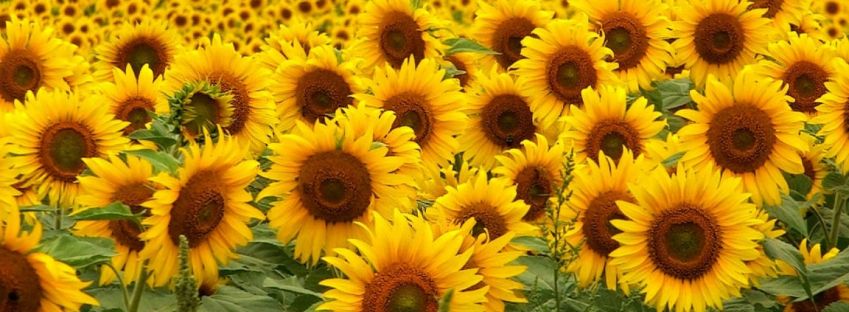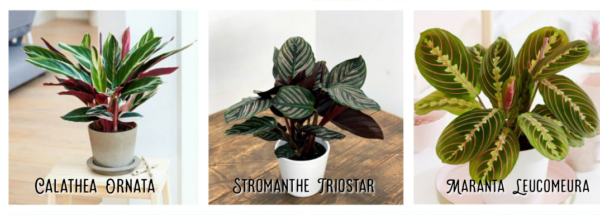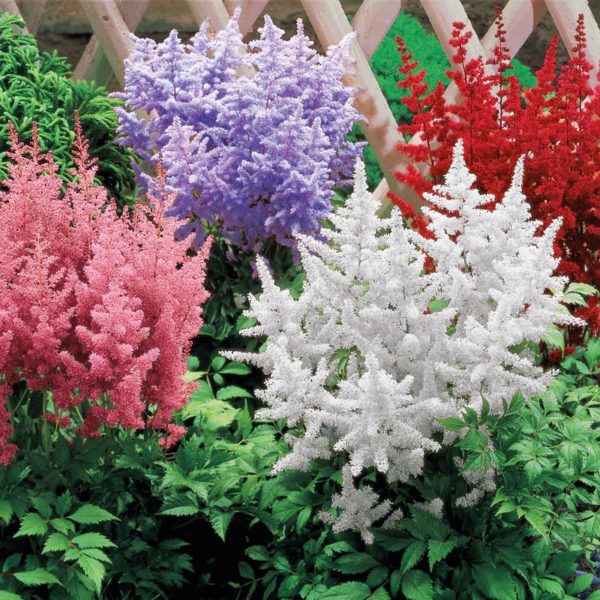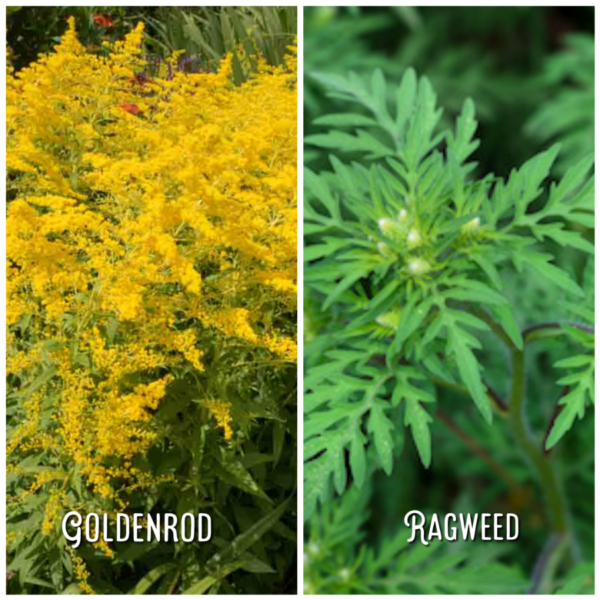What’s Budding

What’s Budding

Choose where you live carefully. So often buyers choose a home based on location, number of bedrooms, neighborhood amenities like schools and parks, and property tax rates. These are all important considerations. I submit that for personal health and for climate stabilization, choosing a home with room for a garden and with existing mature trees can have long-term impacts for your health.
Most contemporary homes have landscapes, but not all homes have gardens. Both flower and vegetable gardens will lift spirits and add to a sense of calm and of beauty. A garden with fruits and vegetables can literally improve your family’s diet and help kids develop healthy eating habits. Whether the food plants are fenced and separated or integrated into flower beds, they can offer great benefits.
Many of my flower and shrub beds have cooking herbs and edible flowers mixed in. We do have a 24’ by 16’ vegetable garden, fenced and lined with hardware cloth to keep the deer out of the beans, baby rabbits out of the beet greens, and the woodchucks out of the tomatoes. Adding a seasonal netting on stakes helps keep the blue jays out of the strawberries. This space gives us room for rhubarb and a couple of blueberry bushes, with pear and plum trees out in the yard, yet still surrounded by fencing. Fruit tree foliage and bark is quite tempting for critters, along with the fruit.
Living in a home without air conditioning is possible for me because the walls and attics have been well insulated and because there are massive walnut trees whose canopies shade the home through most of the day in summer while allowing sunlight in during winter.
Selective placement of trees has long been recognized as an element of energy consumption management. The other strong benefit of shade trees is the air cleaning power they possess, absorbing CO2 and releasing O2 for the benefit of all of us. Plants are fascinating creatures for a host of reasons and in thousands of variations, but there is something really awe-inspiring in a massive shade tree.
One of the walnuts where we dwell is over 36” in diameter trunk. Rule of thumb is that a tree needs about ten gallons of daily water access for each 1” in diameter. That means my mature walnut could use 360 gallons each day. Fortunately, that tree has roots virtually as deep and wide underground as the crown of leaves and branches above. This tree is over 60’ high and wide.
In normal spring seasons, it receives likely more water than this, in some hot dry summers less. The fact that my yard gives over to wetlands and then ponds as the property is explored has likely been a benefit to these trees. The house is around 130 years old, the trees likely close to that in age. This species can live to 200 years, so my hope is that the seven big trees that were already large when I came here over 40 years ago will long outlive me.
One of the big draws for me when I first walked this land was the trees, the wetlands and ponds, but also the soils. Experienced with the challenges of growing many species near walnuts, I also could see that the loams and even the muck soils on much of the property could make for fruitful planting with careful selection.
I am sure when the Lansing area was first settled by people who were not native here, the mosquitoes and the malaria they commonly carried then would have been a serious problem on this land. These days mosquitoes are still an inconvenience and it is best to avoid being bitten as there are still diseases they can spread. Though malaria hasn’t been a problem in the U.S. since the 1950s, in the late 1800s when this house was built, it would have been a real challenge.
If you are living in town or a suburb, think about whether your property has as many trees as it should. Are there types of trees you would enjoy having? Would you benefit from more shade? Could you be producing food or flowers? Could you be enjoying improved views and heightened property values? Where we live and what that looks like is a series of choices made over time. Create the space you will enjoy and improve your neighborhood in the process.

On the Green Side

Praying For a New Plant That Will Light Up a Special Location?
One of the prayer plants may be just what is needed for a special display. Three groups of related plants are often called prayer plants. Calathea species, often Ornata or Roseopicta , are popular feature plants with ovoid leaves and ridges, suited to bright cool light and moderate humidity.
Stromanthe, especially Triostar, are Calathea relatives with long brightly variegated leaves and the ability to fold at night, if the room is sufficiently dark. Sunlight opens the leaves of these plants fully, but they may not fully fold at night if streetlights or room lights interfere with total darkness.
Marantas are the classic prayer plants, especially leucomeura varieties. These also sport small blooms in season. Marantas are well adapted to larger pots or even hanging planters, as they will spread and fill the space, hanging daintily over the edges, while still moving to respond to light and darkness
Digging In

Astilbe
One of my favorite perennials to design with is Astilbe. They are easy to grow, thrive in most light conditions, and deer leave them alone. Native to Asia and North America, the types most found in the garden are cultivars of Chinese astilbe. Astilbe have a long bloom time, with flowers last four to six weeks.
These plume-like flowers are held high above the airy, fern-like foliage on stiff stems. The flowers can be found in many shades of pink, red, purple, and white. Astilbe also comes in a wide range of height and bloom times. Compact varieties grow as little as 10”, while flower spikes of other astilbe varieties may reach 4’. Astilbe make great flowers, lasting approximately seven days in a vase.
Astilbe can grow in shade, part sun, and in northern climates they can grow in full sun. Astilbe planted in full shade will flower, but the plant will stay much smaller. If planted in full sun, astilbe need adequate water. If the plant gets too dry, the foliage will burn and turn brown.
Astilbe prefer soil that is loose in texture and slightly acidic. Amend soil with compost and add mulch around the plant to help retain moisture and keep the root zone cool. The foliage is slow to emerge in the spring. Once new growth breaks, fertilize with a time-released granular fertilizer.
Little maintenance is required for this perennial. Some like to remove the faded flowers if they become raggedy or unsightly. The blossoms can be left until spring to provide winter interest. In the spring, divide the plants every four to five years to keep them healthy.
Astilbe are great for brightening up a shady garden, and the leaves provide a great textural contrast to plants with large leaves, such as hosta and ligularia. Plant along a woodland path, beside a shady stream of pond, or a perennial border. Astilbe are attractive to birds, butterflies, and beneficial insects. They are rabbit and deer resistant.

The Buzz

Ragweed and Goldenrod – Know the Difference
Late summer and throughout the fall, about 15% of Americans experience real discomfort from pollen allergy. At that time of year, bright yellow goldenrod is visible in fields and along roadsides, as well as in some gardens. Often people assume they are reacting to that plant’s pollen.
Goldenrod is not an allergen for most people however. Goldenrod is a native, non-invasive perennial that is good for pollinators and can even be used in floral arrangements.
The real culprit for most people experiencing allergic sneezing, watery eyes, runny nose and even asthma attacks, is another plant, Ragweed. Ragweed is an invasive annual, from the Aster family that blooms over a 6–10-week time period, usually peaking in September. One plant can produce millions of pollen grains.
Ragweed is a muted green color, much less showy than goldenrod, and often growing in the same locations. It is important to learn what this plant looks like, and remove it before it blooms, to reduce the allergic havoc it wreaks on so many people.
Copyright © The Plant Professionals